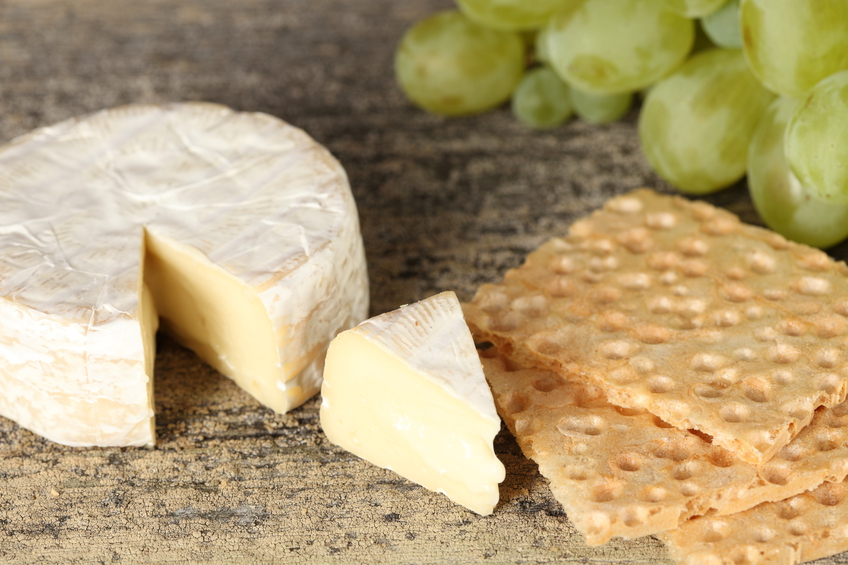Healthy Snacking Tips
Healthy snacking is all about size and balance. A snack should be a part of your total intake of food for the day, instead of ‘in addition’ to large meals. When eaten out of hunger, versus boredom or as an emotional crutch, snacking can be healthy! Snacks should fill in nutrition gaps, act as a bridge between meals that are (too) far apart and be nutritious. Snacking gets a bad rap because many snacks are processed, unhealthy carbohydrate choices with too much fat, sugar, salt, calories, or all of the above.
Tip #1: Pair protein with carbohydrate for lasting energy and balance. Good pairings include fruit and nuts or yogurt, cereal and milk, lean meat and whole-grain bread, veggies with cheese, nut butters with fruit, to name a few. A small portion of leftovers works well too.
Tip #2: Don’t let snacking be your downfall. Limit the 5 C’s: chips, cookies, crackers, candy and cakes. Homemade, lower-sugar versions are acceptable. And there are healthy crackers…but most are highly processed and include unhealthful ingredients.
Tip #3: Snack for the right reasons. Include a snack in your meal plan because you are hungry, have missed out on a meal (or had a light meal), have a long block of time between meals or to tame hunger before a meal (and prevent overeating later). Learn to identify true hunger and when boredom strikes, or you are tempted to eat for emotional reasons, replace the snack with something that will nourish you in another way, like talking with a friend.









